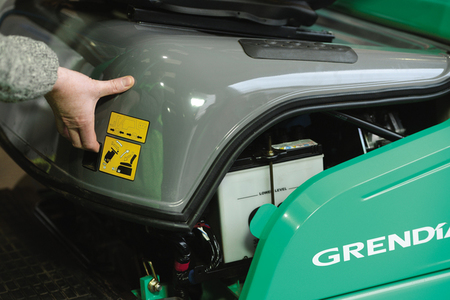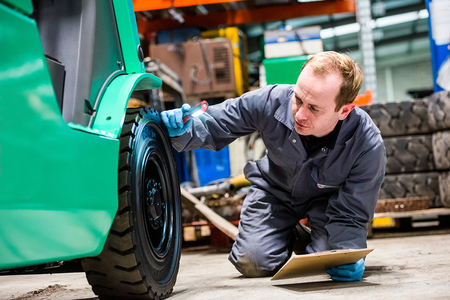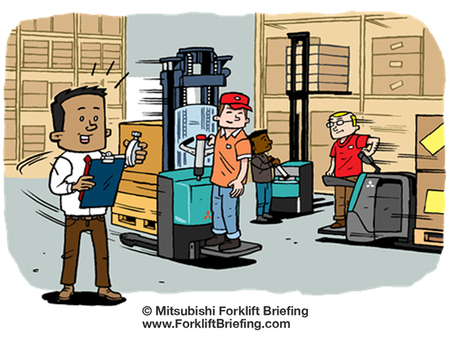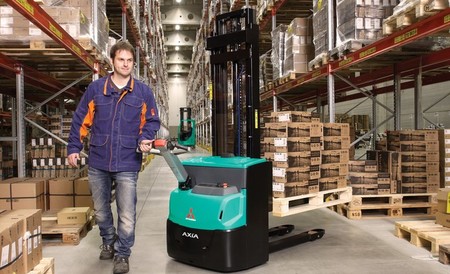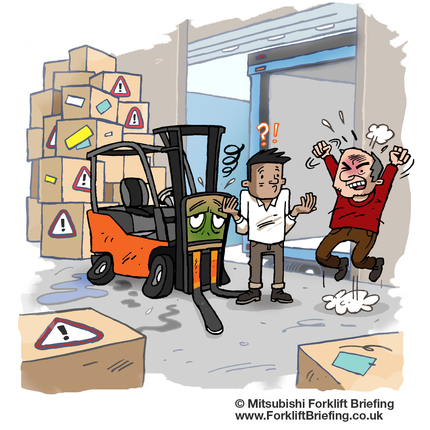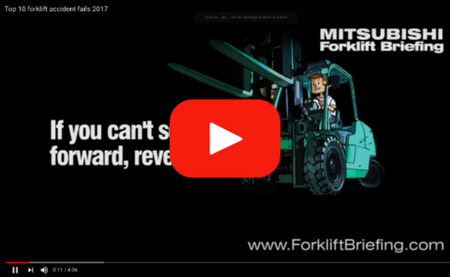
Photo credit: EiraTech Robotics, Ireland
Rise of the machines: do you need to replace your forklift with a robot?
It seems unavoidable. If you believe the many experts in magazines, websites and newspapers, all warehouse managers should be getting ready to incorporate automation and robots into their warehouse activity if they want to survive. But is automation the only answer? Do we need to dispose of our reliable forklifts and other warehouse systems to compete? To find the answers, we will examine this topic from three different angles.
1. What roles do robots play?
The term ‘robot’ actually covers many different kinds of machine. In logistics, robots can be used as a means of (in-house) transportation, as a delivery tool (carrying groceries, for example), as a picking machine in piece-picking environments, and finally as an AGV application. An AGV is an automated guided vehicle which may be described as a hybrid between a forklift and a robot. In fact, it overcomes the limitation that most robots have, which is that they don’t offer a lifting solution. Having said that, the conclusion here is that only specialised AGV’s for material handling solutions can compete with (some) current forklift activities.
2. What kinds of warehouse activity do robots support?
Robots need to be continuously working if they are to provide a good return on investment. Below, we look at four categories of companies in terms of the spread of activities deployed in their warehouses. Storage is not included as that is a ‘static’ activity.
Production | Wholesale | Retail | E-commerce | |
Pallet picking | 80 | 20 | 10 | 0 |
Case picking | 15 | 40 | 45 | 10 |
Item picking | 5 | 30 | 35 | 40 |
Packing | 0 | 10 | 10 | 50 |
Source: Roadmap Robotics in warehousing (Logistiek.nl) Numbers are percentage of activity
Because of their need for non-stop productivity, robots or automated solutions may only be considered in the green areas. In short, the work needs to be repetitive in order to be ‘programmable’. Even in these cases, a proper in-depth analysis is required to determine whether it would be sensible to make a large investment. Sometimes the answer lies, instead, in making small improvements by adjusting processes or using different materials handling devices. All other areas still benefit from reliable handling by forklifts or warehouse trucks.
3. What’s the bigger picture?
Warehouse automation can bring many benefits, like improved service levels, fewer mistakes in order picking or lower operational costs. But the core question should never be whether you need to consider robots. From time to time, warehouse managers must look at their overall business strategy and consider how their logistics operation supports it. Look at your supply chain. Consider changes in target markets, consumer behaviour, product range, distribution points, transportation and packaging. It’s only by making a proper assessment that you can tell whether you need to adapt your operation and possibly adopt new technologies. In most cases, making relatively small but smart improvements can already yield large savings.
- Actions
- Describe all your logistics processes and evaluate how well they still fit into your overall business strategy
- Let your forklift dealer assess your current materials handling fleet against your logistics activities and make sure you are using the right forklifts for the right applications
- Visit a logistics exhibition now and then to stay up to date
